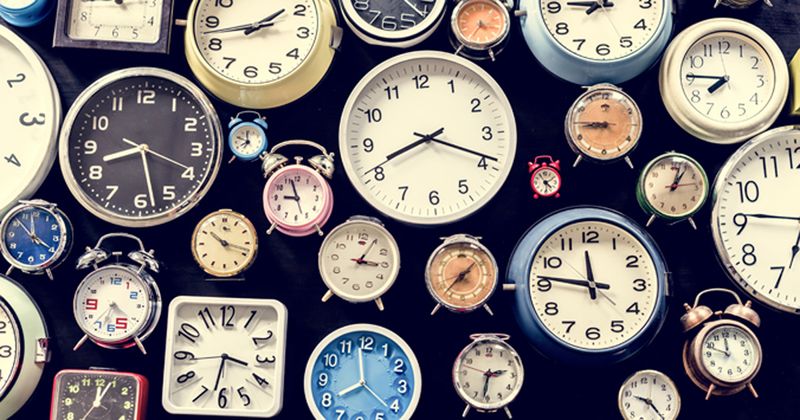Transition from daylight saving time to standard time linked to transient sleep disorders
Key takeaways:
- Nearly 31,000 adults aged 45 to 85 years were interviewed in different seasons and time zones.
- Participants reported more sleep dissatisfaction and sleep-disorder symptoms a week after switch to standard time.
The transition to standard time was associated with a transient increase in self-reported sleep disorders, while no problems with sleep were reported after the transition to daylight saving time, according to data in Neurology.
“The good news is that the sleep disruptions we observed following the change to standard time were brief and no longer evident two weeks after the shift,” study author Ronald B. Postuma, MD, MSc, professor of neurology and neuroscience at McGill University, said in a related release from the American Academy of Neurology.

Postuma and colleagues compared sleep symptoms among participants in the Canadian Longitudinal Study on Aging, who were interviewed in different seasons, as well as before and after transitions into daylight saving time (DST) and standard time (ST).
Researchers included 30,097 individuals aged 45 to 85 years, who completed a questionnaire on sleep duration, satisfaction, sleep-onset insomnia, sleep-maintenance insomnia and symptoms of hypersomnolence via telephone interviews and in-home and onsite visits. Sleep disorders were compared among participants who were interviewed during different seasons and one week before and after transitions in time zones.
According to results, 7,104 individuals were interviewed in winter, 9,278 in spring, 6,831 in summer and 6,884 in autumn.
Researchers reported no difference in dissatisfaction with sleep, sleep-onset, sleep-maintenance and hypersomnolence related to seasons, although those interviewed during summer had slightly shorter sleep duration compared with winter (6.76 hours vs. 6.84 hours).
Participants interviewed 1 week before DST transition in the spring compared with 1 week after reported no difference in sleep symptoms, other than a 9-minute decrease in sleep duration a week after transition (6.91 hours vs. 6.76 hours).
However, those interviewed a week after transition to ST in the fall compared with a week before reported more dissatisfaction with sleep (28% vs. 22.6%; adjusted OR = 1.34; 95% CI, 1.02-1.76), higher sleep-onset insomnia (7.1% vs. 3.3%; aOR = 2.26; 95% CI, 1.19-4.27), higher sleep-maintenance insomnia (12.9% vs. 8.2%; aOR = 1.64; 95% CI, 1.02-2.66) and more hypersomnolence despite adequate sleep (7.3% vs. 3.6%; aOR = 2.08; 95% CI, 1.14-3.79).
When interviewed 2 weeks after the transition to ST, these sleep disturbance symptoms had resolved, researchers reported.
“As disruptive as these transitions may feel in the short term, there may be few long-term implications of the repeated switch back and forth from daylight saving time to standard time,” Postuma said in the release. “However, previous research has linked the transitions to and from daylight saving time with higher rates of accidents as well as an increased risk of stroke and heart attack. Future studies are needed that follow individuals over time, including people living in areas with different light exposure and seasonal changes.”
Reference:
- How is sleep affected by changing clocks and seasons? Study finds problems only when getting an extra hour of sleep. https://www.aan.com/PressRoom/Home/PressRelease/5084. Published May 3, 2023. Accessed May 4, 2023.

